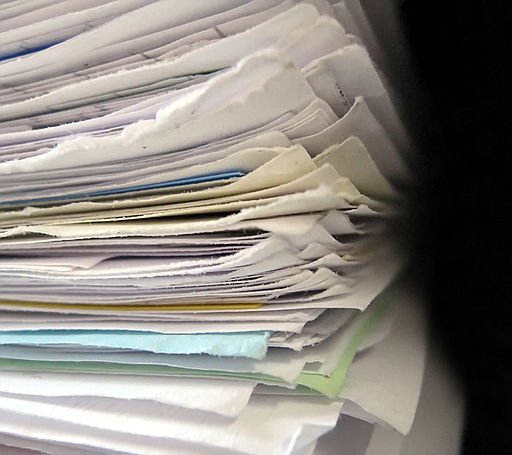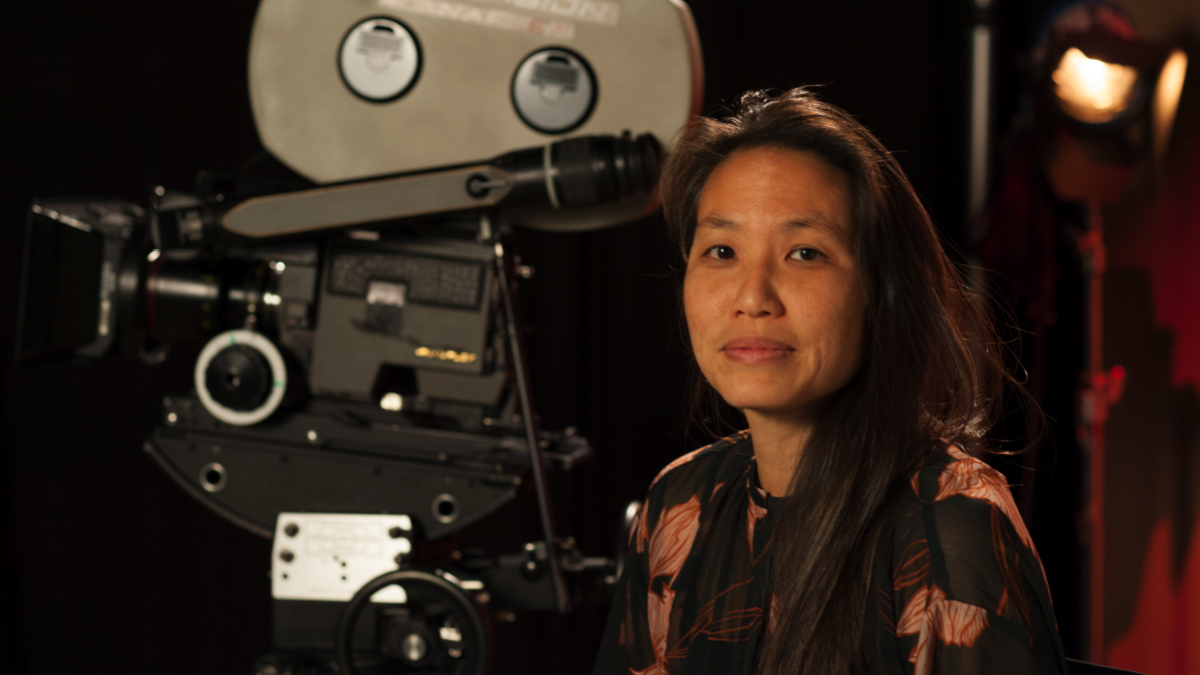Citizen Science
Sourdough Citizen Science
Science for All
Modifying labs for students with special needs
Science Scope—January 2020 (Volume 43, Issue 5)
By Kaitlyn McGlynn and Janey Kelly
Ask a Mentor
Mole Hills Out of Mountains
By Gabe Kraljevic
Posted on 2020-03-13
 I would like to find some time-efficient way to have students share their learning or their observations with me (individually) without having to take in two classes of science notebooks.
I would like to find some time-efficient way to have students share their learning or their observations with me (individually) without having to take in two classes of science notebooks.
—J., Ohio
“School should not be a place where young people go to watch old people work.”
—Cris Tovani
You are not required to correct and grade everything a student does. Giving formative feedback is necessary, but you can reduce the workload while not diminishing students’ learning.
Assign written work on exactly what you want students to have learned. Whether you ask them to make observations, draw conclusions, or reflect on their learning, you will get what you need without having to read entire notebooks.
Mark notebooks only periodically. Students can even self-assess their work using a rubric that you supply. My teaching was revolutionized many years ago by an online rubric maker (http://rubistar.4teachers.org) which allowed me to better manage notebook assessments among other activities.
Peer assessment is an excellent learning strategy that also reduces your work. Analyzing and discussing their classmates’ work can be a powerful learning experience for students. Consider incorporating peer feedback into almost everything your students are doing. This can be done in pairs or in groups, but you will need to spend some time teaching them how to do these assessments. Small, colored slips with guiding questions are very useful and can be attached to reviewed pages. These colored papers are easy to thumb to in a notebook for quick checks.
Hope this helps!
Photo credit: Niklas Bildhauer via Flickr
 I would like to find some time-efficient way to have students share their learning or their observations with me (individually) without having to take in two classes of science notebooks.
I would like to find some time-efficient way to have students share their learning or their observations with me (individually) without having to take in two classes of science notebooks.
—J., Ohio
“School should not be a place where young people go to watch old people work.”
—Cris Tovani
Right to the Source
Evaluating Advertising Claims Past and Present
The Science Teacher—January 2020 (Volume 87, Issue 5)
By Michael Apfeldorf
Career of the Month
Technology Executive Annie Chang
Investigating Land Ethics
Exploring land usage through historical case studies and a student symposium
Getting Messy with Data
Tools and strategies to help students analyze and interpret complex data sources
The Science Teacher—January 2020 (Volume 87, Issue 5)
By Joshua Rosenberg, Alex Edwards, and Bodong Chen

Disequilibrium
Learning by (seeing) osmosis
Inquiry and Design
Using Science and Engineering to Understand Particle Motion and Thermal Energy








